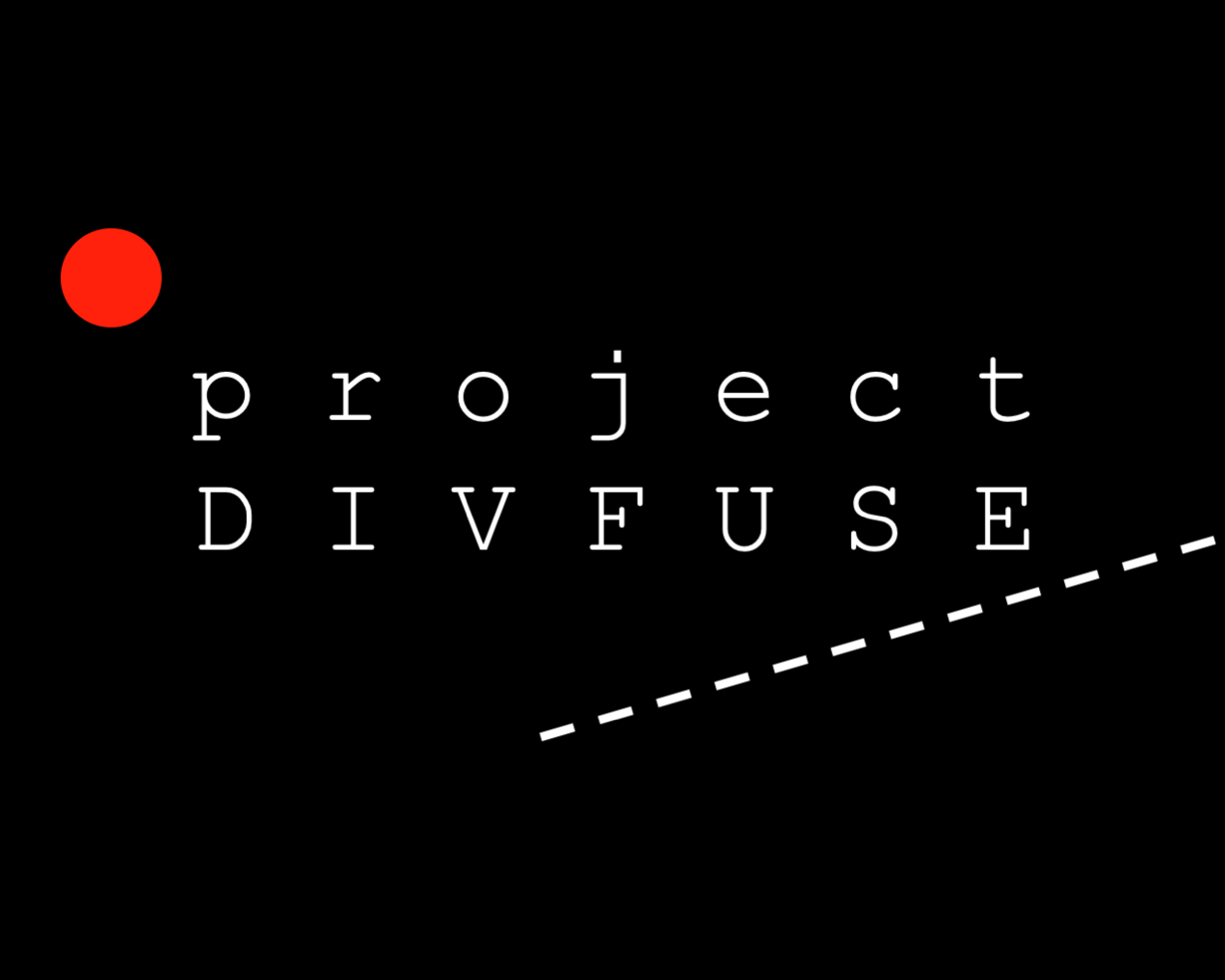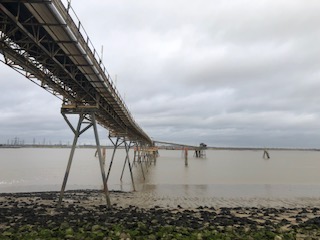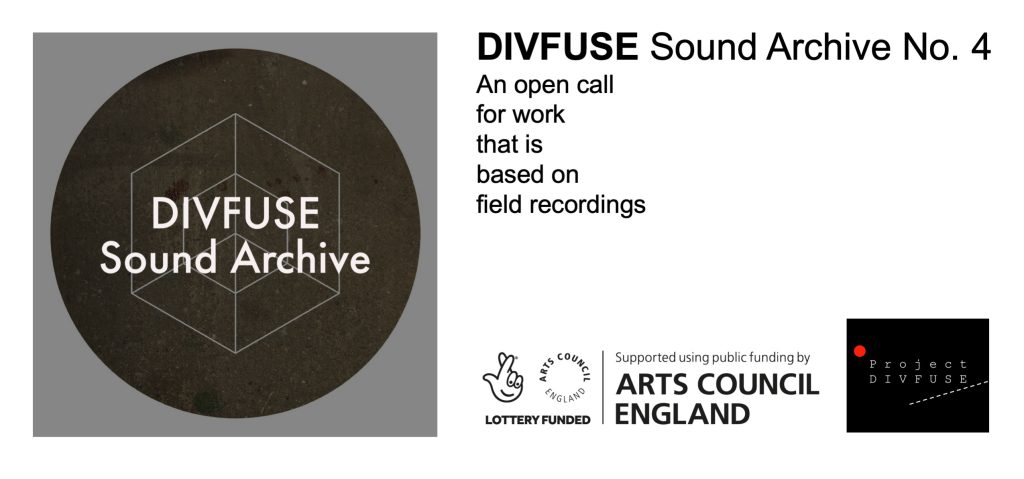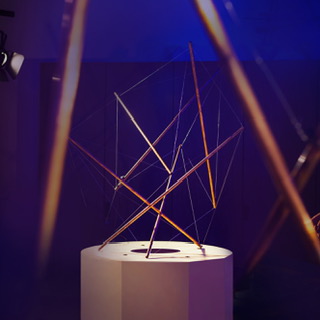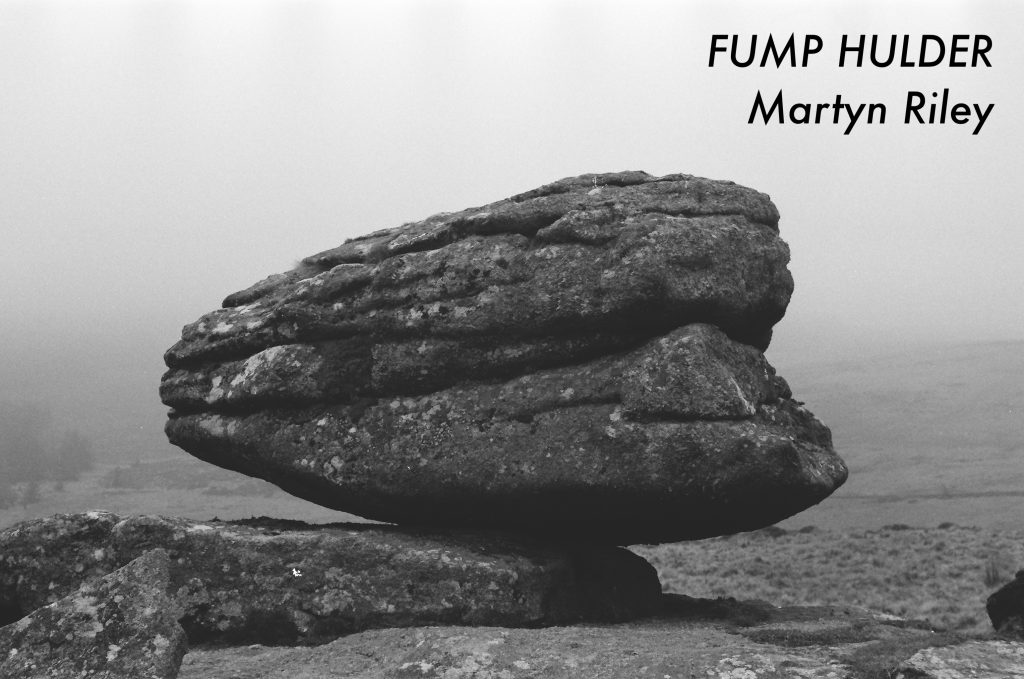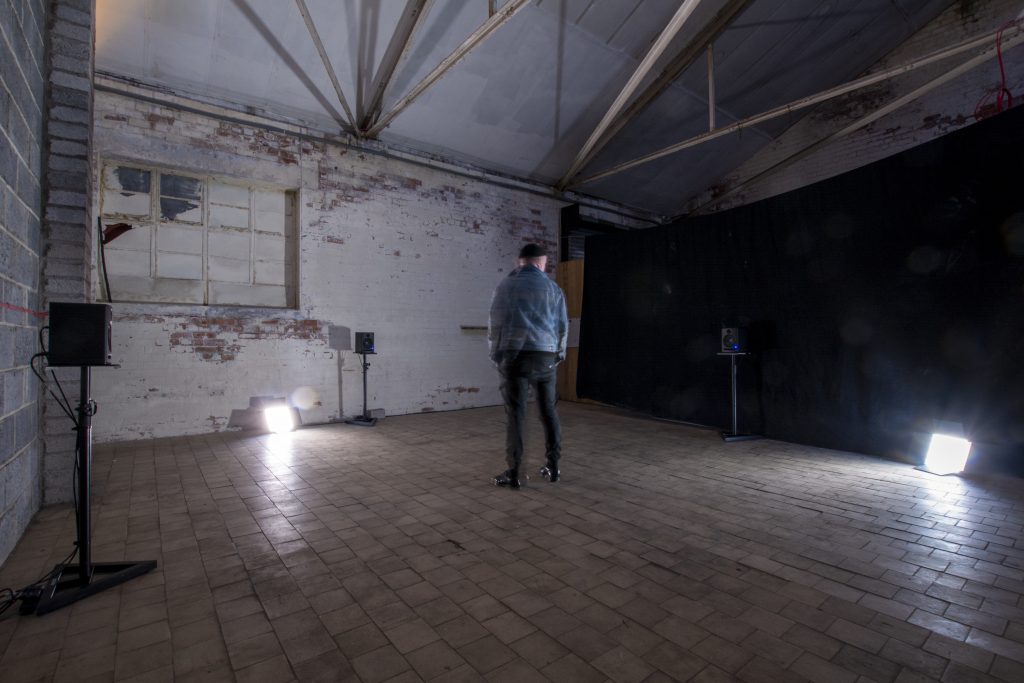Sound Exhibition :
25 November 2022 Friday 5-8pm
26 & 27 November Saturday & Sunday 2:30 – 6:30pm.
Running time : 25 minutes. Free Entry
This is one of the three exhibitions of work and artists selected from DIVFUSE Sound Archive No. 4 – an Open Call for pieces that are based on field recordings. We are pleased that this round of the Open Call is funded by the Arts Council England and the work was jointly selected by Project DIVFUSE and sound artist Kate Carr.
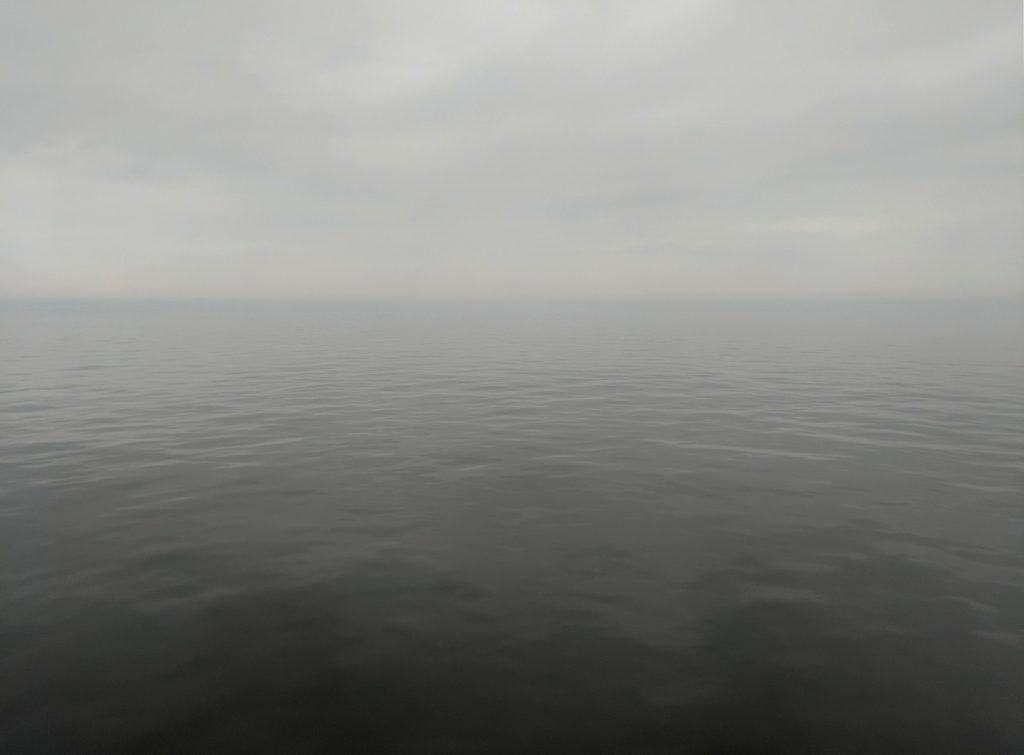
International Waters (2022) is an ongoing project that explores the porous exchanges and complex entanglements of water, culture and economy around the world.
Part 1: Late Night, Cais do Sodré, Lisbon, Portugal. Containing both the Railway Station and the docks, this area was a notorious vice district. In the course of the last two decades it has been rapidly regenerated. People do not sleep here, and the sounds of music are carried on the wind out over the harbour, mingling with the crashing of waves and the wailing and grinding of metal in the docks.
Part 2: Early morning, La Boca, Buenos Aires, Argentina. The Matanza-Riachuelo river is one of the 30 most polluted places in the world. Factories, tanneries and slaughterhouses pump industrial waste into its waters for miles before it reaches the mouth, La Boca. There are two ways for pedestrians to cross: the footbridge on the highway or the tiny row-boat ferry beneath it. The footbridge is free, while the ferry costs 1.5 pesos. Most people choose the row-boat, bringing them within inches of the contaminated water, free to trail their hands in it, and listen to the gentle lapping of water against the boat mixing with the sounds of heavy industry and transport.
